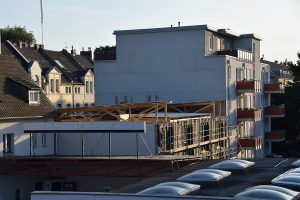The Paris Motor Show: Once again, the electric car is the focus of a major auto show. But the hoped-for breakthrough is still a long time coming. Cars with combustion engines should therefore pay higher fuel costs, says Florian Hacker of the Öko-Institut to the 3sat business magazine makro.
The video reports on Norway, the country with the most e-cars in Europe. There are about 20% in the new car segment with electric drive. Furthermore, the plans of the German automakers are presented. One actually gets the impression that the government requirements from California and China, globally important sales markets, as well as the emissions scandal create the necessary pressure to act, so that now some momentum comes into the German car market.
The fact that traffic and urban planners as well as environmental experts assume that cars in cities will be used in the future mainly in car sharing parks is mentioned, but is not the focus of the contribution. Nevertheless, the video is worth watching because it shows the current state of affairs regarding e-mobility in Germany.
28:32 Min., video report from 8.10.2016 of 3sat-Wirtschaftsmagazin. macro: www.heute.de/elektroautos-stehen-im-mittelpunkt-des-pariser-autosalons-45539708.html
Keywords: Renewable, News Blog Europe (without DE), News Blog Norway, City, Environmental policy, eMobility



